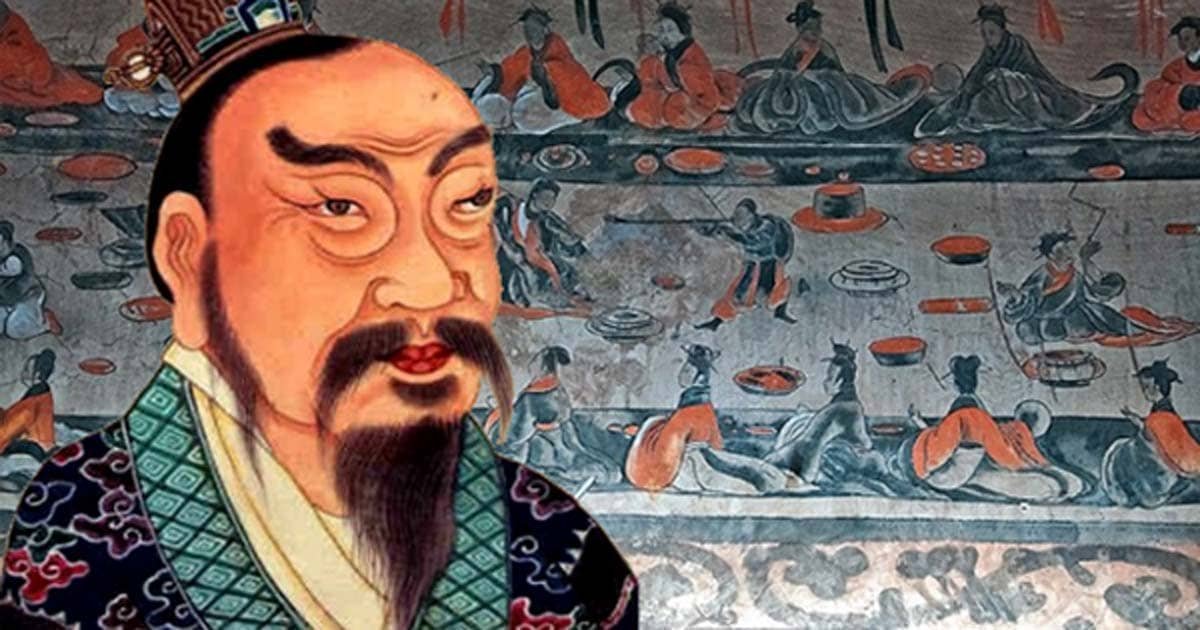The Han Dynasty, which spanned from 206 BCE to 220 CE, is broadly seemed as one of the maximum influential and transformative intervals in ancient Chinese history. It marked a large shift in political, cultural, and economic developments, leaving a long-lasting effect on subsequent dynasties. The Han Dynasty is split into two most important periods: the Western Han (206 BCE-9 CE) and the Eastern Han (25-220 CE). During its reign, the Han Dynasty witnessed the upward push and fall of awesome emperors, as well as severa huge events that fashioned the course of Chinese civilization.
Timeline of the Han Dynasty: Major Emperors and Events
| Year | Emperor | Event | |||
| 206 BCE | Emperor Gaozu | Western Han Dynasty Begins | |||
| 202 BCE | Emperor Gaozu | Liu Bang becomes the first emperor | |||
| 141 BCE | Emperor Wu | Expansion of the empire under Emperor Wu | |||
| 73 BCE | Wang Mang | Wang Mang’s Regency | |||
| 25 CE | Emperor Guangwu | Eastern Han Dynasty Begins | |||
| 87 CE | Emperor Zhang | Reign of stability and economic growth | |||
| 184 CE | – | Yellow Turban Rebellion | |||
| 196 CE | – | Warlord Era and the Fall of the Han Dynasty | |||
| 220 CE | – | Fall of the Han Dynasty | |||
| 221 CE | – | Beginning of the Three Kingdoms Period | |||
| 25 BCE | Emperor Cheng | Expansion of the Han Empire | |||
| 8 CE | – | Introduction of the civil service system | |||
| 9 CE | Emperor Ai | Short reign of Emperor Ai | |||
| 25 CE | Emperor Guangwu | Eastern Han Dynasty Established | |||
| 40 CE | – | Introduction of the imperial examination system | |||
| 57 CE | Emperor Ming | Successful suppression of the Red Eyebrow Rebellion | |||
| 89 CE | – | Banishment of Confucian scholars | |||
| 105 CE | Emperor Hedi | Reign marked by political stability | |||
| 190 CE | Emperor Ling | Eunuchs gain significant influence | |||
| 220 CE | – | End of the Han Dynasty |
Conclusion:
The Han Dynasty left an indelible mark on Chinese records, shaping the us of a’s political structure, cultural identification, and financial prosperity. It witnessed terrific achievements, consisting of territorial enlargement, the status quo of the Silk Road, and advancements in governance, literature, art, and technology. However, it also faced sizeable demanding situations, together with inner conflicts, social unrest, and the erosion of principal authority. Despite its eventual decline, the legacy of the Han Dynasty continued to steer next Chinese dynasties, making it a pivotal period inside the nation’s records.
Please be aware that this content is written in a everyday format. You might also want to adapt it to fulfill unique size necessities or optimize it for seek engine ratings.



